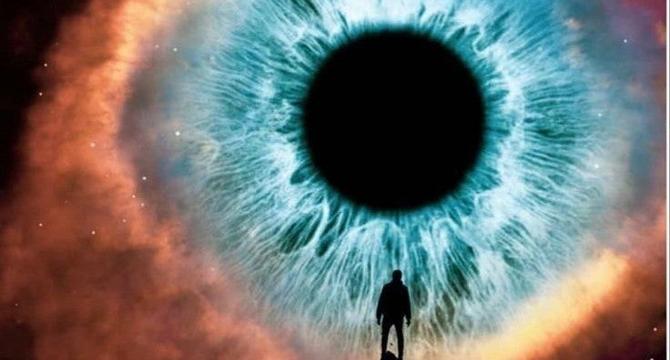Brighter Side of News
3w
335

Image Credit: Brighter Side of News
Scientists create world’s first black hole bomb in the lab
- Physicist Roger Penrose proposed in 1969 that energy could be extracted from a rotating black hole inside the ergosphere, leading to further exploration in the field of black hole physics.
- Belarusian physicist Yakov Zel’dovich theorized in 1971 about mimicking black hole behavior using a rotating metal cylinder and a mirror setup to create a 'black hole bomb.'
- Researchers at the University of Southampton successfully replicated the black hole bombing effect in a lab experiment using a rotating aluminum cylinder and electromagnetic waves.
- The experiment demonstrated spontaneous amplification and exponential growth from noise, resembling scenarios near real black holes, confirming Zel’dovich’s prediction.
- The Zel’dovich effect works by changing energy through rotational Doppler shifts, causing rotational surfaces to steal energy from incoming radiation.
- Scientists believe superradiance, key to the black hole bomb concept, could aid in detecting unknown particles like dark matter and studying gravitational waves.
- Experimental results show the aluminum cylinder amplifying electromagnetic waves by being spun quickly enough to induce negative frequency shifts.
- This laboratory confirmation of superradiant amplification offers insights into cosmic processes and encourages the search for these phenomena in actual black hole systems.
- The experiment revealed the aluminum cylinder's self-sustaining amplification dynamics and its eventual stabilization as predicted in black hole physics.
- By simulating black hole behaviors on a smaller scale, researchers aim to further understand cosmic phenomena and potentially observe quantum vacuum fluctuations.
Read Full Article
20 Likes
For uninterrupted reading, download the app